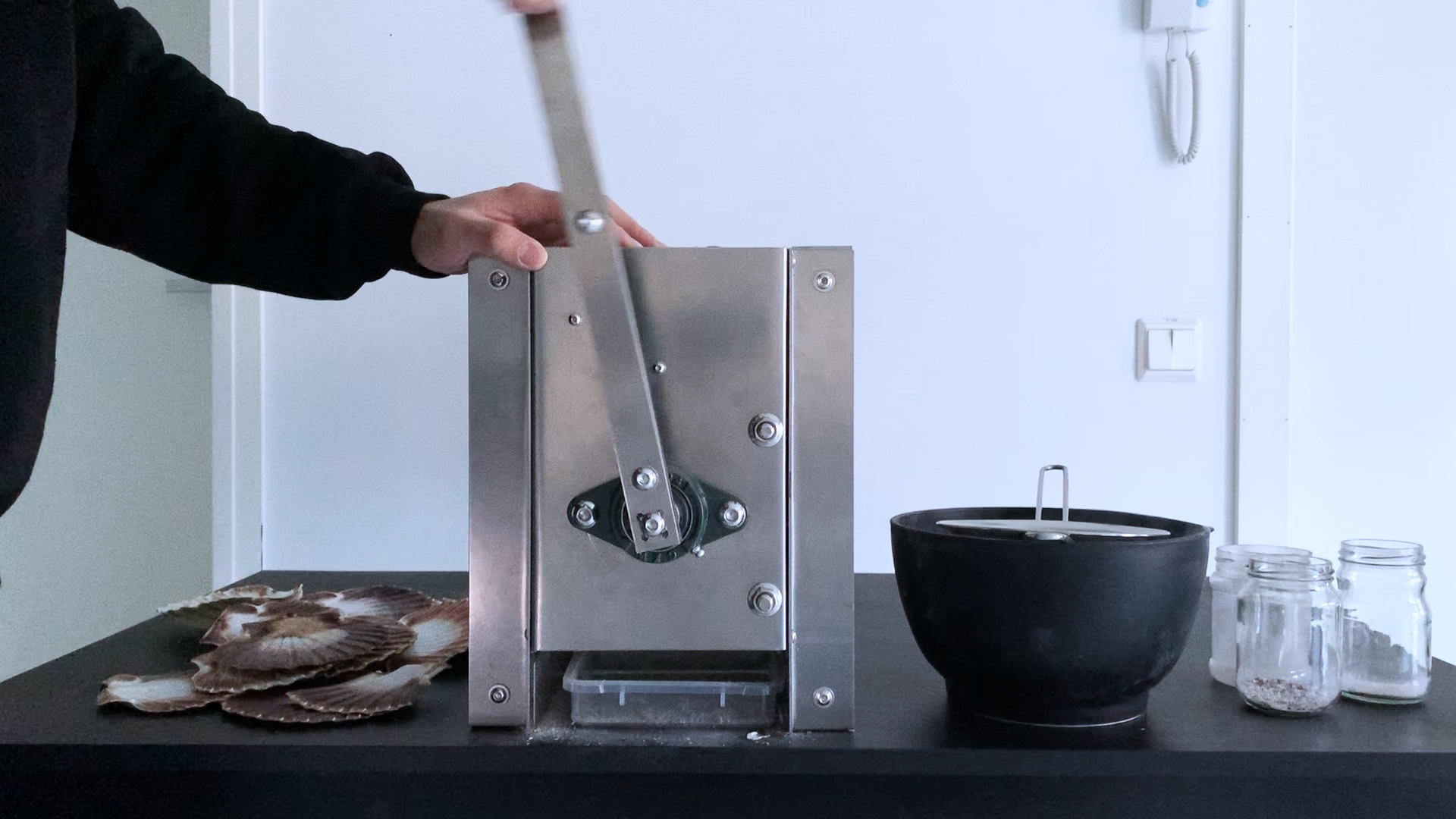
New Shell Lab
By Bo Knoblauch
Through interdisciplinary research and collaboration with local establishments in Bergen, a bioplastic material has been developed to utilize renewable resources and organic byproducts collected from the Norwegian shellfish industry. In addition to material development, a system for open-source manufacturing has been created to convert the bioplastic into seed-starting planters for agricultural purposes. New Shell Lab illustrates the possibility for designers to use rapid prototyping technologies to create sustainable materials from byproducts and renewable resources found in their own communities. The resulting design research, material development, and build guides for machinery will be published online in the Spring of 2020 as a resource for future designers and material developers.
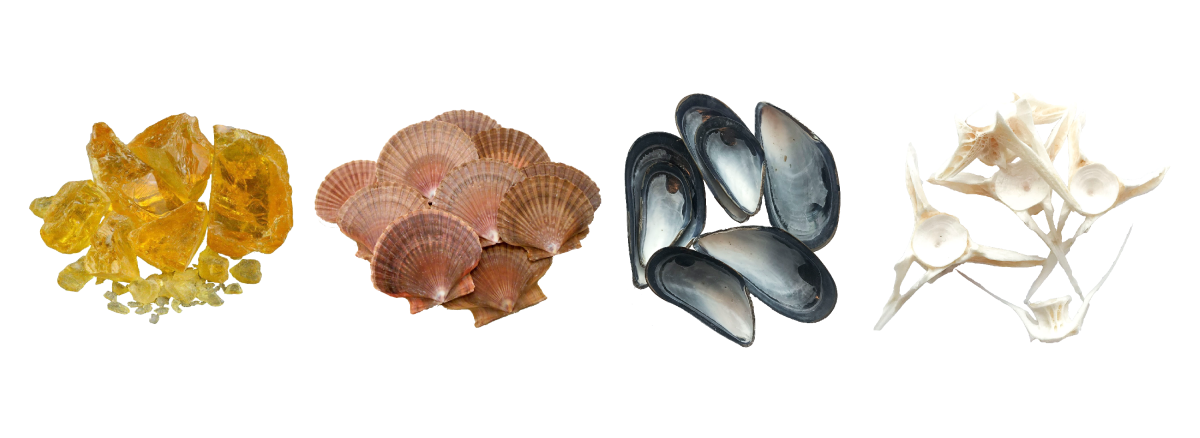
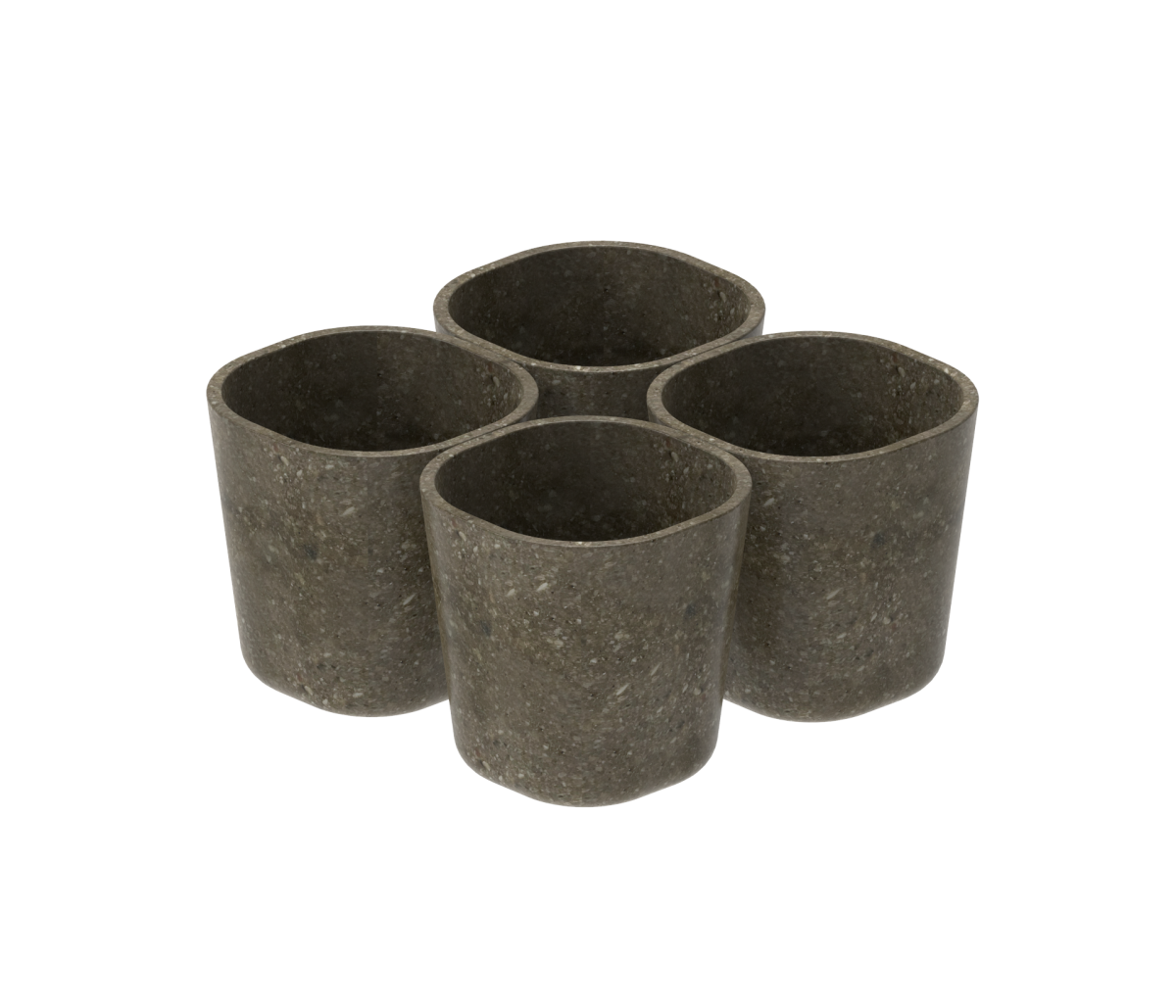
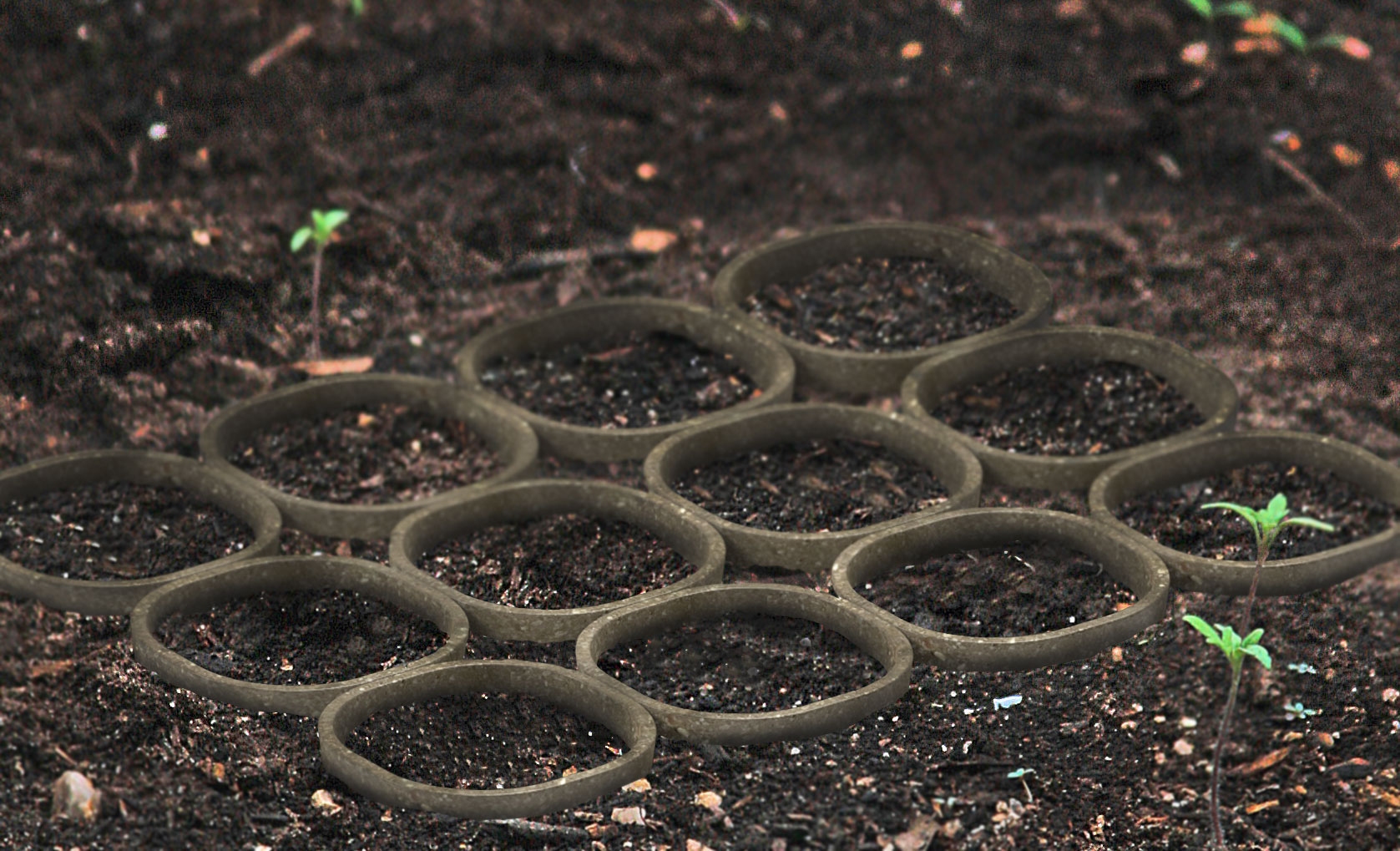
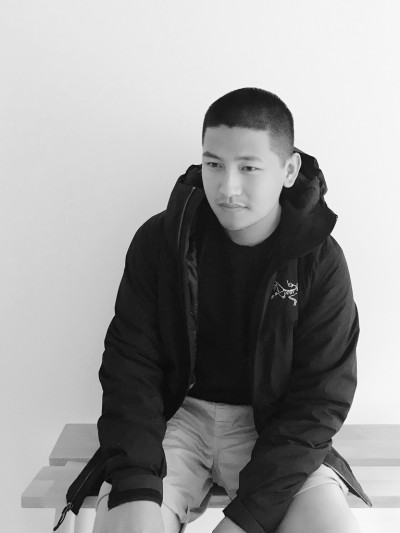
Bo Knoblauch (US)
Bo Knoblauch is an Industrial Designer who aims to create objects that can challenge existing production processes and materials. Through constant exploration and iteration, Knoblauch engages in a collaborative design process that combines interdisciplinary research with rapid prototyping and model making. After graduating from the Rhode Island School of Design In 2016, Knoblauch began working as an Industrial Designer in New York City for the furniture and housewares industry. To challenge traditional practices in Industrial Design, Knoblauch has used his postgraduate studies at the University of Bergen, Institute for Design, to identify opportunities for sustainable product development across product categories.